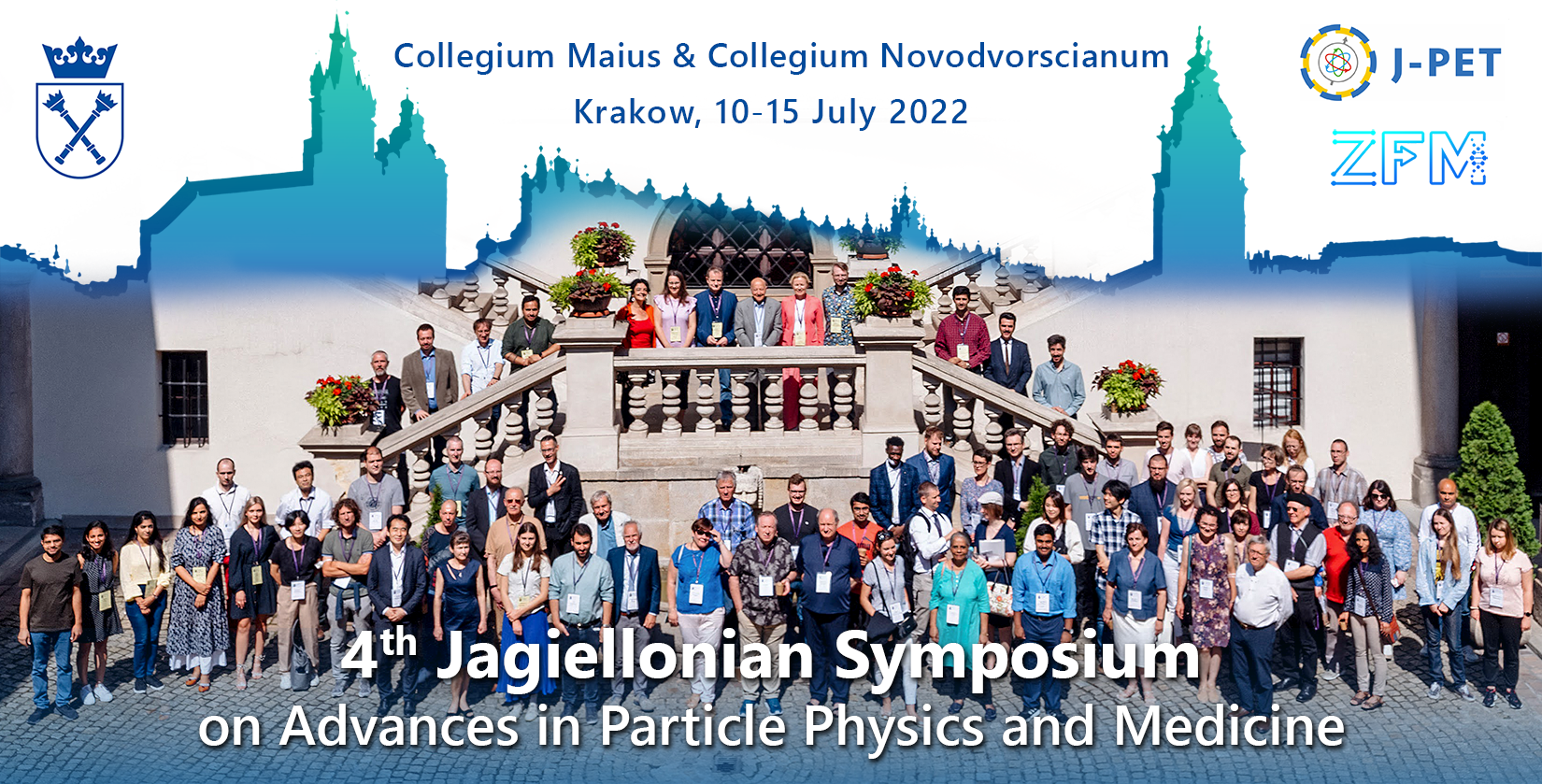Speaker
Description
Authors: Romanò Sabrina, Flavio Di Giacinto, Riccardo Di Santo, Benedetta Niccolini, Alessandra Di Gaspare, Maria E. Temperini, Leonetta Baldassarre, Valeria Giliberti, Maria Vaccaro, Alberto Augello, Massimiliano Papi, Marco De Spirito, Michele Ortolani, Gabriele Ciasca
Extracellular Vesicles (EVs) are considered a promising source of cancer biomarkers. Despite this potential, the EV translational process in diagnostics is still at its birth, and the development of novel approaches for their label-free characterization is highly demanded [1,2]. In this work, we present the proof-of-concept of a lab-on-chip platform for EV characterization with application in cancer diagnostics. The device combines three advanced biophysical technologies: i) a SEIRA metasurface for the biochemical characterization of EVs, ii) an SPR sensor for mass quantification, and iii) a hydrophobicity-driven wet sample holder that enables IR measurements in a liquid phase.The metasurface was fabricated in gold on CaF2 using EBL and, subsequently, functionalized with Anti-CD63 for EV immunocapture. The fluidic holder was realized in PLA with 3D printing. EVs extracted from human cancer cells were used as a model system, after extensive ultrastructural characterization. IR measurements were carried out with an FTIR spectro-microscope. The proposed sensor is endowed with chemical sensitivity, being tunable on the specific absorption bands of biomolecules within EVs, namely the Amide I-II (1700-1500 cm-1) and lipid (3000-2750 cm-1) bands. The 3D-printed holder enables IR measurements in liquid using a 10 μl droplet. The device allows real-time monitoring of the metasurface functionalization with antibodies and the subsequent EV immunocapture. A protein sensitivity down to the zeptomoles range is demonstrated. Most importantly, the sensor allows for measuring the specific IR spectral fingerprint of EVs in the Amide-I and II regions.
Thanks to the high protein sensitivity and the possibility to work with small sample volumes - two key features for ultrasensitive EV detection - our lab-on-chip can positively impact the development of novel liquid biopsy approaches for cancer diagnosis based on the label-free characterization of EVs.
Acknowledgment
The Italian Ministry of Health is gratefully acknowledged (grant n. GR201602363310)
References
[1] R. Di Santo et al., J. Pers. Med. 2022, 12(6), 949; https://doi.org/10.3390/jpm12060949
[2]R. Di Santo et al., Nanomaterials 2021, 11(6), 1476; https://doi.org/10.3390/nano11061476

